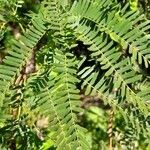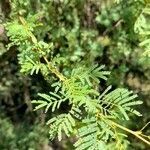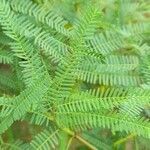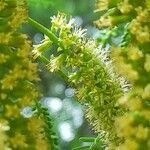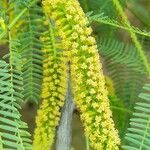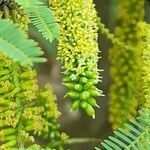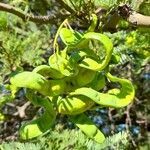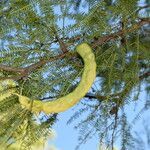Arid and semi-arid regions with groundwater, such as drainage channels and along groundwater sinks. A common ruderal weed, coming up singly and in groups along roadsides, around habitations, on refuse dumps and in other disturbed habitats.
Arid and semi-arid regions with groundwater, such as drainage channels and along groundwater sinks. A common ruderal weed, coming up singly and in groups along roadsides, around habitations, on refuse dumps and in other disturbed habitats.
